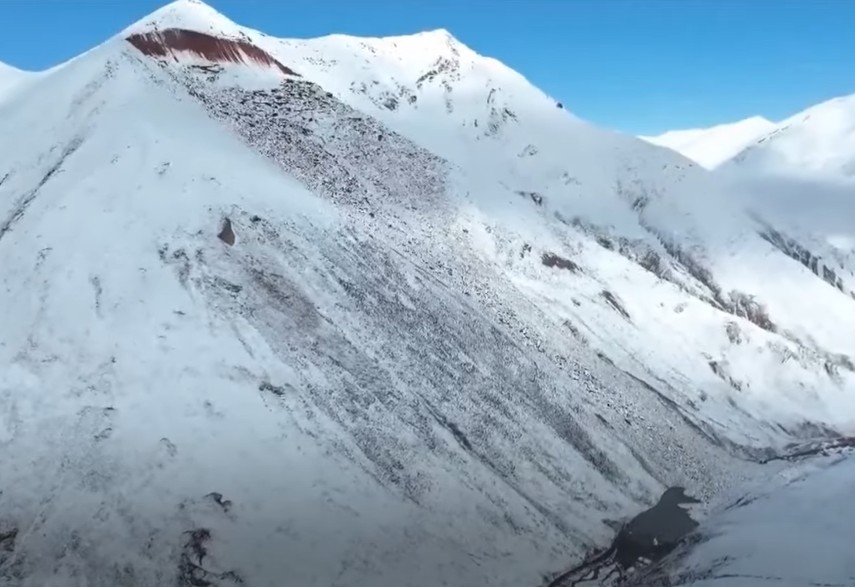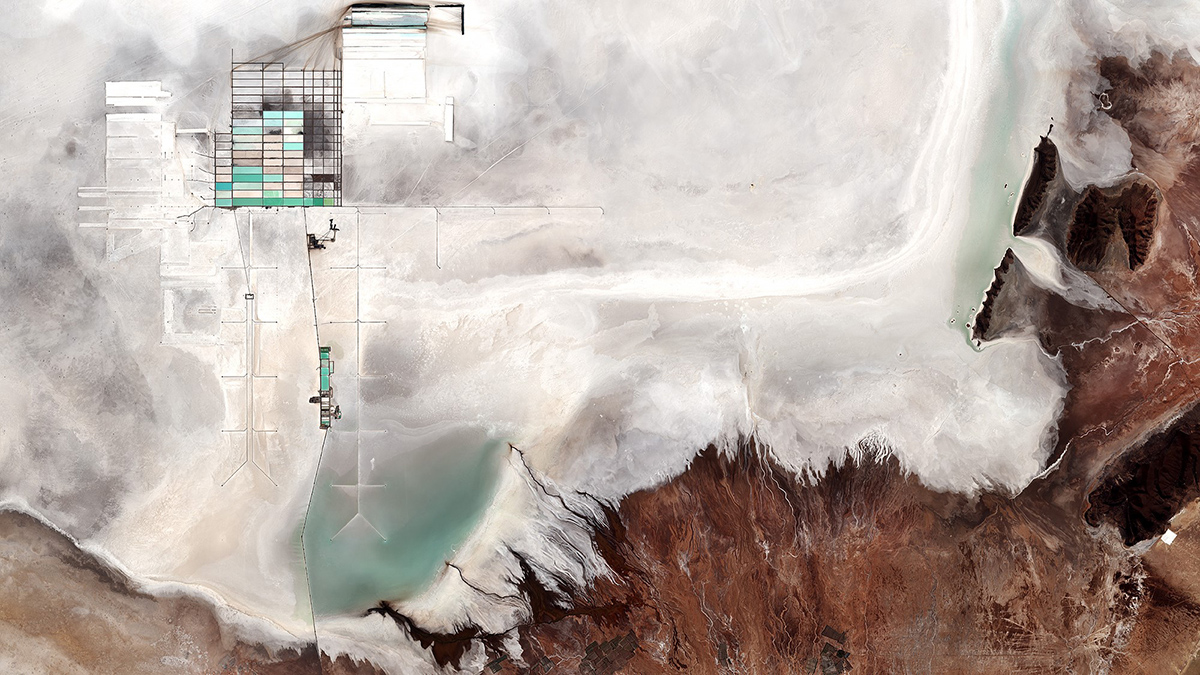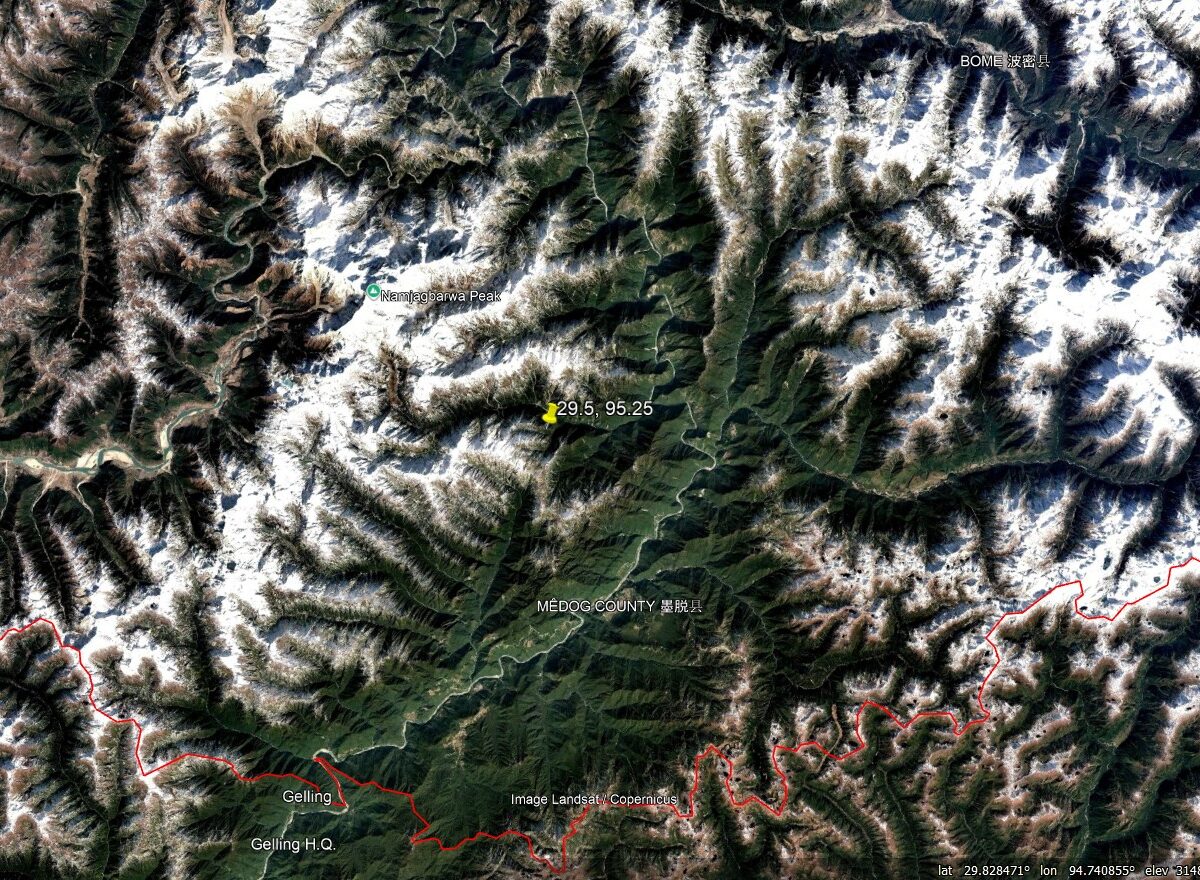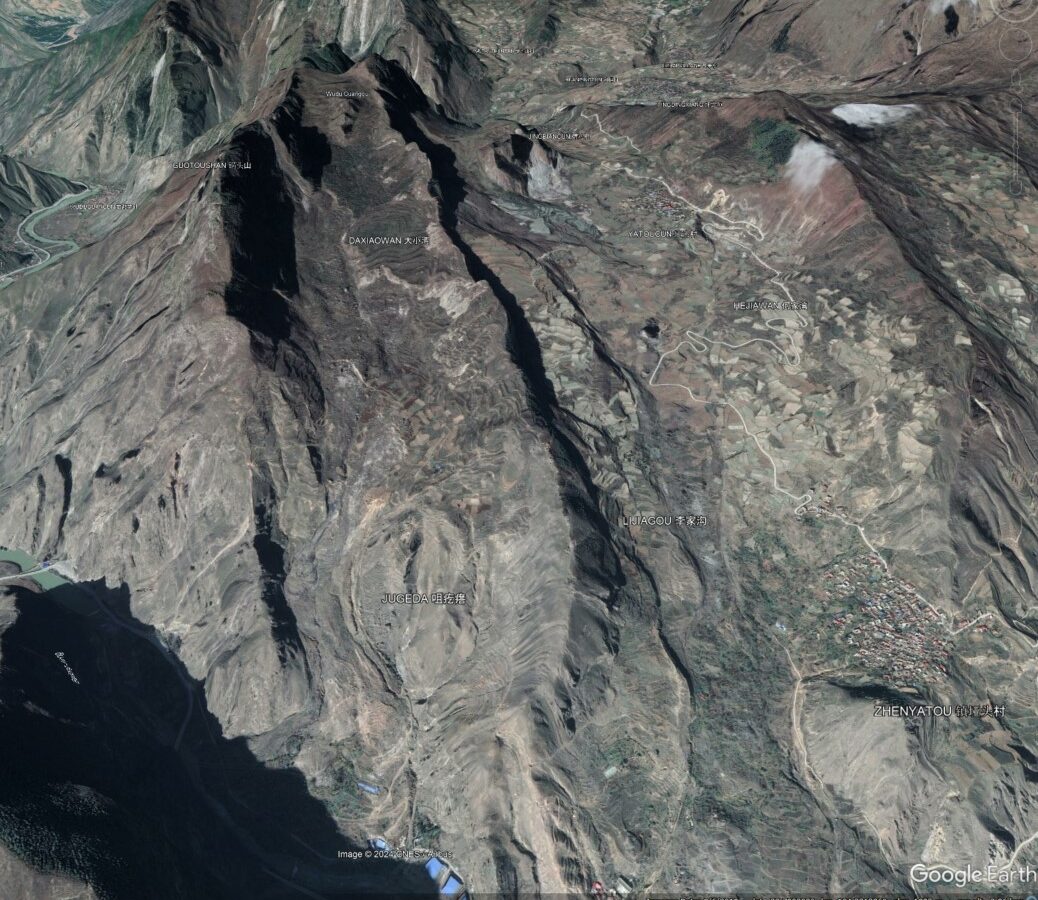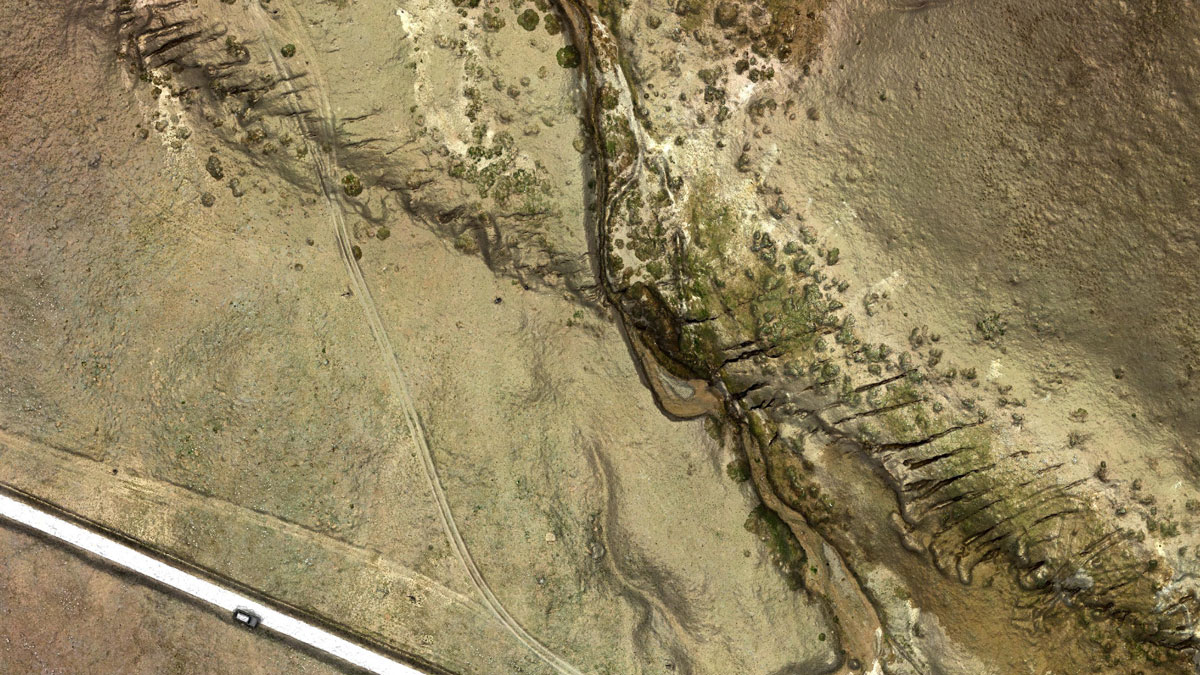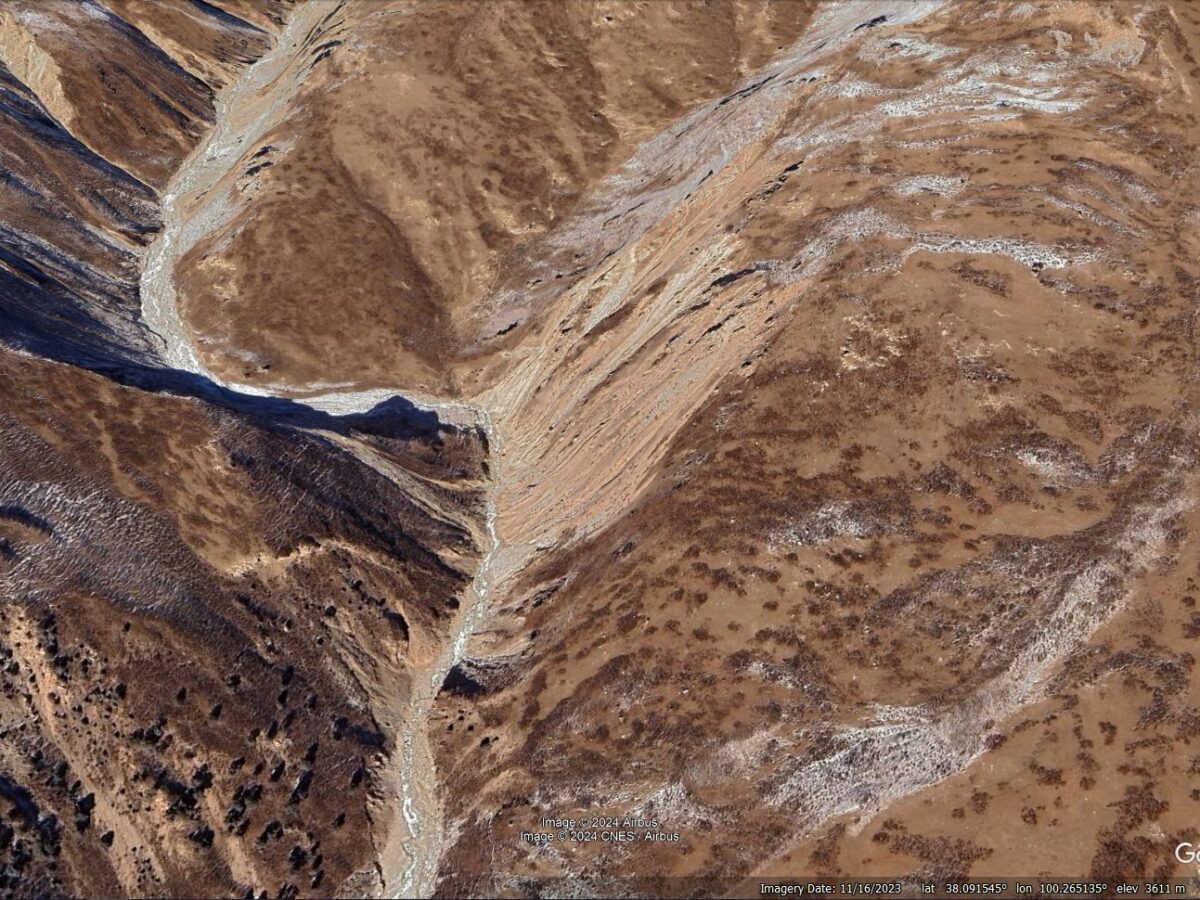Yesterday, catastrophic flood swept down the Bhote Kosi river through Tibet and Nepal. At least 28 people have been killed. There is speculation that this might have been a GLOF. On 8 July 2025, a catastrophic mudslide / flood suddenly struck the Rasuwagadhi border crossing point between Tibet and Nepal, causing extensive damage. The Himalayan […]
Tibetan Plateau
The 1 June 2025 landslide at Muta township in Tibet
A 200,000 cubic metre rockslide in a remote area of Tibet on Sunday has left ten people dead or missing. On 1 June 2025 a large rockslide occurred in Muta township in Chamdo (Qamdo) metropolitan area in Tibet. Note that Chinese media sources call this area Xizang Autonomous Region, but it is what most of […]
Preocupaciones sobre el litio, el agua y el clima en los dos desiertos más altos de la Tierra
La extracción de salmuera para satisfacer la demanda de recursos en medio de la transición a energías renovables está afectando los recursos hídricos en Sudamérica y China. Los hidrólogos pueden ayudar a comprender cómo y a sumarse a la búsqueda de soluciones.
Geological complexity as a way to understand the distribution of landslides
The Landslide Blog is written by Dave Petley, who is widely recognized as a world leader in the study and management of landslides. Over the course of my career, I have read many papers (and indeed, written a few) that have tried to explain the distribution of landslides based upon combinations of factors that we […]
The Suoertou landslide, and other earthflows, on the eastern margin of the Qinghai–Tibet Plateau
The Landslide Blog is written by Dave Petley, who is widely recognized as a world leader in the study and management of landslides. Some of the most extraordinary landslides have occurred on and around the Tibetan Plateau. The active tectonics and steep terrain leads to a high level of mass movements, which are then preserved […]
Concerns over Lithium, Water, and Climate in Earth’s Two Highest Deserts
Brine mining to meet resource demands amid renewable energy transitions is affecting water resources in South America and China. Hydrologists can help understand how and join the search for solutions.
Landslides in the Sedongpu gully on the Tibetan Plateau
The Landslide Blog is written by Dave Petley, who is widely recognized as a world leader in the study and management of landslides. One of the most landslide-prone locations on the planet is the catchment known as the Sedongpu gully, which is located on the Tibetan Plateau. Located at [29.8009, 94.92014], this is an area […]
断裂成熟度和断裂走向,哪个对大地震更重要?
对青藏高原2021年玛多地震的详细研究表明,与先前的假设相反,断裂走向对地震破裂动力学特征的影响有时会超过断裂成熟度的影响。
The 22 July 2021 Xiao Dongsuo debris flow on the Tibetan Plateau
The Landslide Blog is written by Dave Petley, who is widely recognized as a world leader in the study and management of landslides. Debris flows in arid and semi-arid areas are less common than in more humid environments, but they can have devastating consequences. There has been considerably less research into these processes than might […]

